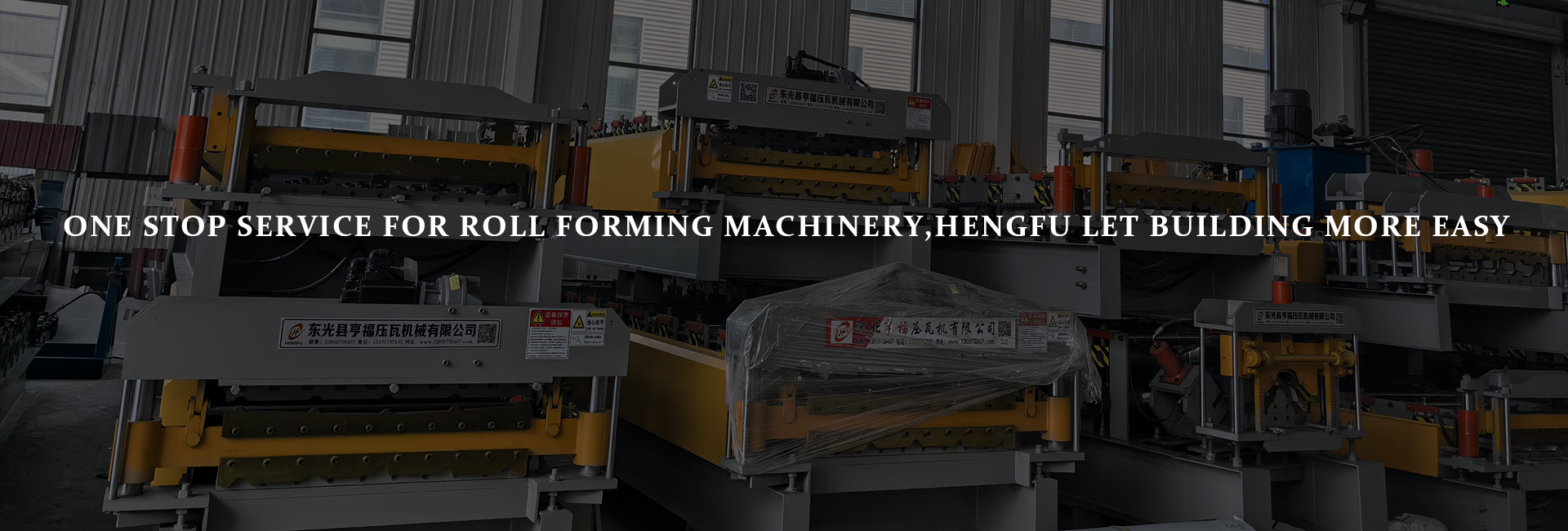I. Introduction: Industry Value of Metal Roofing Forming Machines
1.Market Trends and Small-Scale Project Needs
Metal roofing applications are expanding into small- and medium-sized projects, with shorter timelines and cost sensitivity driving demand for flexible equipment.
2.Traditional Construction vs. Forming Machine Advantages
Traditional manual or basic equipment struggles with low efficiency and poor precision. Forming machines address small-scale project pain points through automation and versatility.
3.Core Focus of This Article: Machine Analysis and Selection Path
Concentrates on models tailored for small-scale projects, outlining equipment functions, efficiency mechanisms, and key selection criteria.
II. Basic Understanding of Metal Roofing Forming Machines
1.Equipment Definition and Functions
Automated machines that process metal sheets into roofing components via rolling, transmission, and intelligent control to meet installation requirements.
2.Core Components
Rolling System: Multiple roller sets progressively bend sheets.
Transmission Unit: Motor-driven uniform feeding.
Control System: Adjusts parameters and production pace.
3.Classification of Models for Small-Scale Projects
Semi-Automatic Single-Layer Forming Machines: Flexible operation, suitable for low-frequency, multi-specification production.
Compact Fully Automatic Models: Small footprint, balancing efficiency and precision.
4.Key Technical Parameters
Evaluate forming speed (aligned with daily output), sheet compatibility (commonly 0.3–1.0mm thickness), and foundational precision metrics.
III. Core Efficiency-Enhancing Mechanisms
1.Automation Shortens Project Timelines
Preset programs drive end-to-end operations, reducing manual intervention and aligning with short-cycle small projects.
2.High Precision Reduces Material Waste
CNC-controlled rolling ensures accurate bending parameters, minimizing rework and material loss.
3.Multi-Specification Compatibility Lowers Tooling Costs
Modular rollers support rapid switching between color steel and aluminum-magnesium-manganese sheets, catering to diverse small-project needs.
4.Simplified Operation Complexity
Touchscreen integration of basic parameter settings lowers the skill threshold for operators.
IV. Purchase and Usage Recommendations
1.Selection Considerations
Match daily output needs with machine capacity.
Align machine dimensions with available site space.
Ensure compatibility with project-specific sheet types.
2.Brand and After-Sales Key Points
Prioritize brands with mature technology and fast local service response to ensure equipment commissioning and maintenance support.
3.Routine Maintenance Tips
Regularly clean rollers, lubricate transmission parts, and monitor equipment temperature and noise levels.
V. Industry Trends and Future Outlook
1.Intelligent Adaptation Upgrades
Lightweight AI modules enable parameter self-optimization, while remote monitoring aids small-team management.
2.Green Technology Integration
Low-energy designs and waste recycling interfaces align with small-project environmental budgets.
3.Market Competition Trends
Manufacturers focus on developing cost-effective models, with compact, multifunctional equipment becoming mainstream.
VI. Conclusion: Equipment Empowering Small-Scale Project Transformation
Well-suited metal roofing forming machines significantly enhance small-project efficiency and profit margins. From machine matching to after-sales support, systematic selection is key to project success. For further equipment exploration, combine project scale with technological trends for comprehensive evaluation.







